2 min read
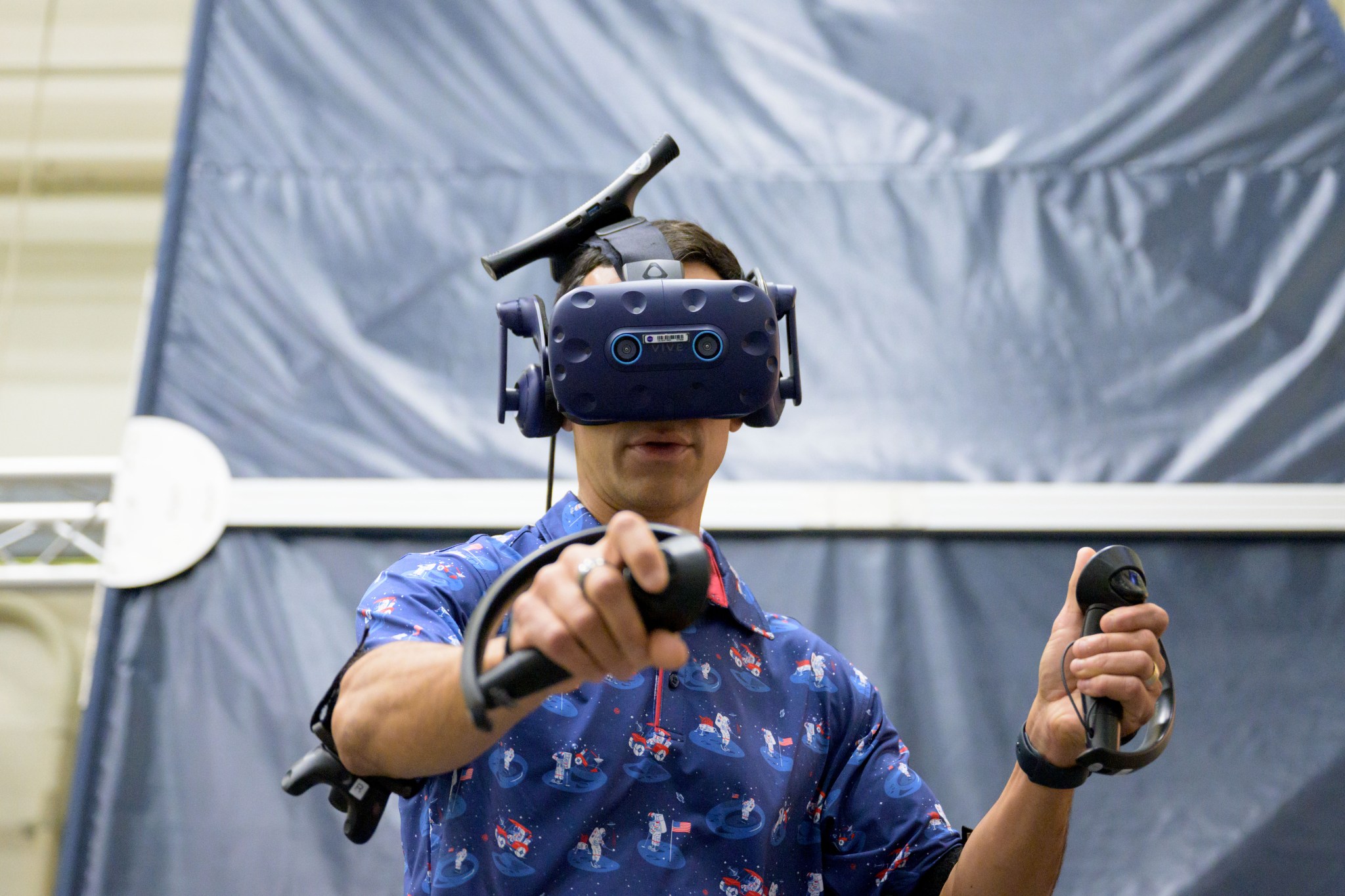
Astronauts living aboard the Gateway lunar space station will be the first humans to make their home in deep space. To fine-tune the design of the next-generation science lab, solar-powered spaceship, and home-away-from home for international teams of astronauts, NASA calls on the likes of Raja Chari and Nicole Mann, experienced astronauts who know a thing or two about living and working on a space station.
Commanders of the SpaceX Crew-3 and Crew-5 missions to the International Space Station, respectively, Chari and Mann recently brought their long-duration mission experience to bear when they strapped into virtual reality (VR) headsets to tour Gateway, humanity's first space station to orbit the Moon.
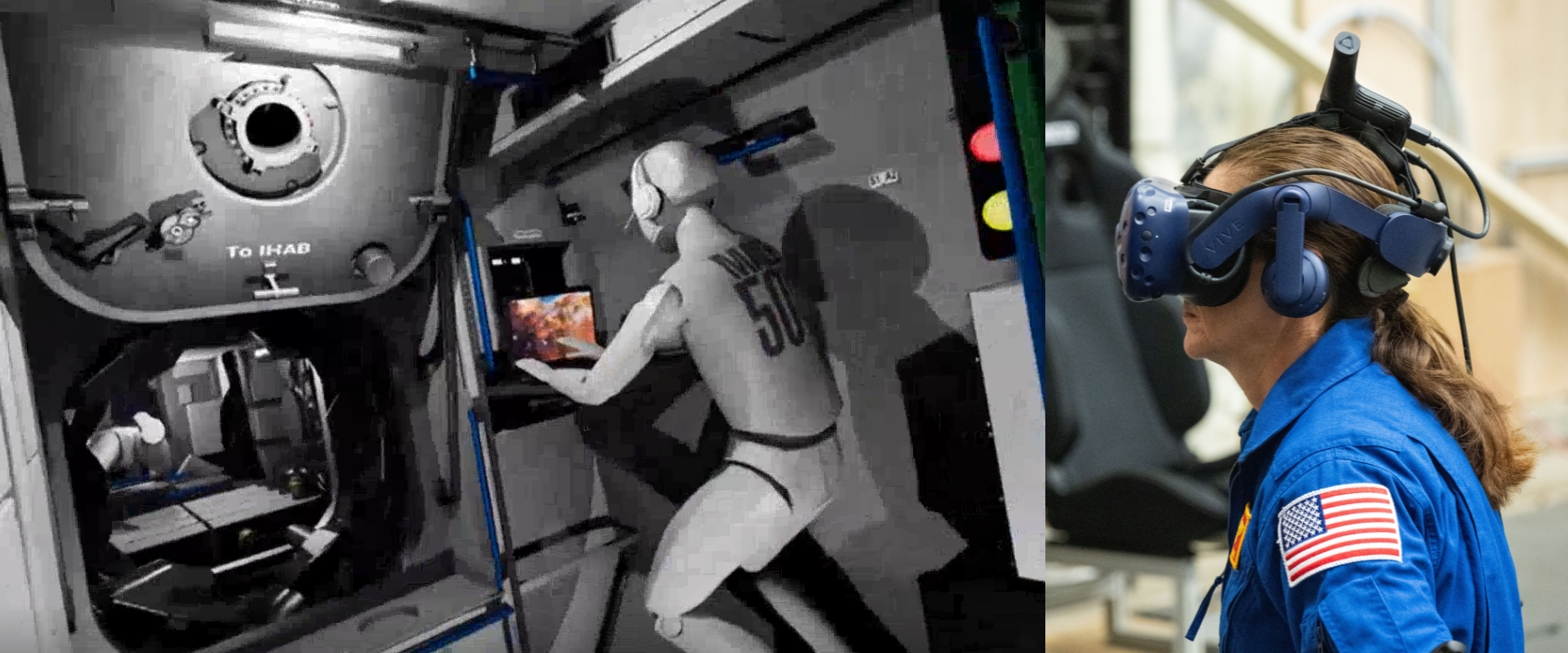
During VR testing, astronauts engage in a variety of tasks that they expect to encounter in their day-to-day life on Gateway during real Artemis missions, including performing science experiments, retrieving supplies, and preparing warm meals. By combining VR models with real-world astronaut experience, NASA designers can make tweaks to Gateway's interior design for a safer and comfier space station.
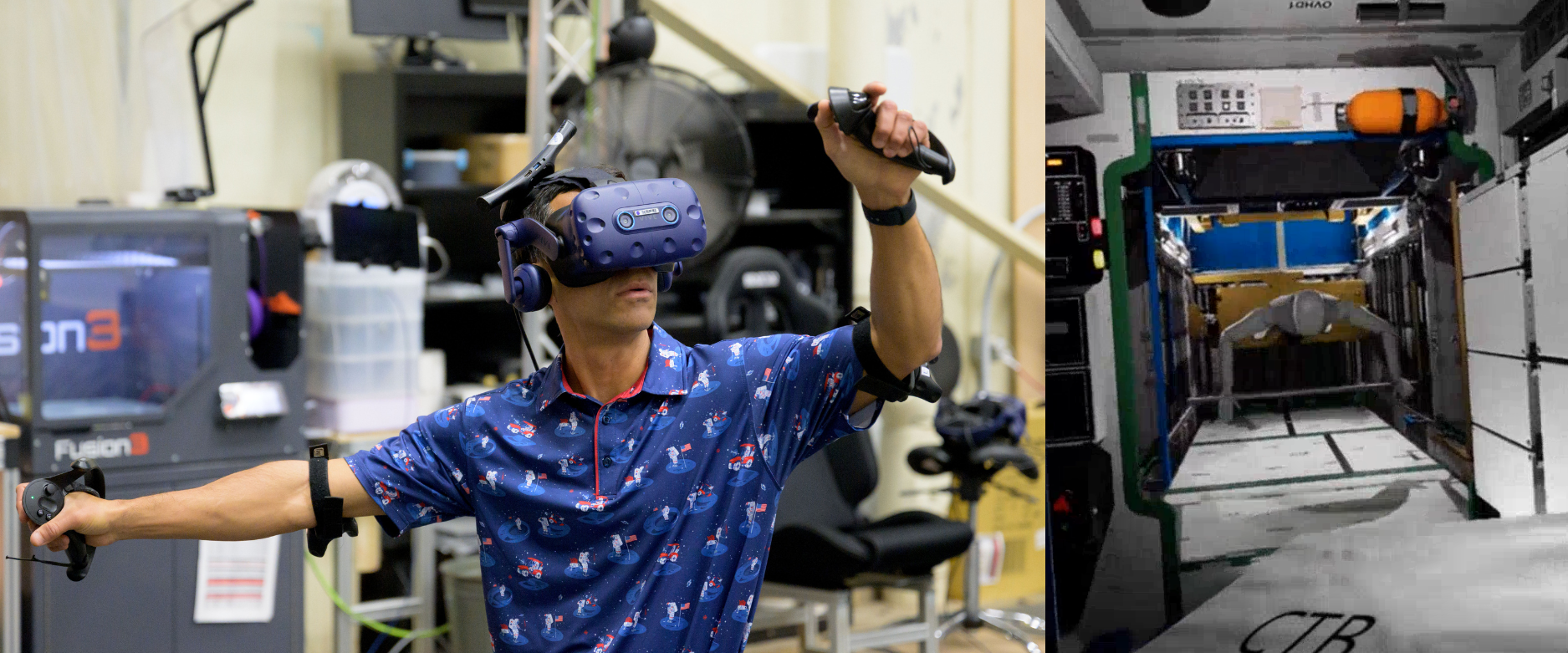
Gateway is poised to revolutionize deep space exploration at the Moon and beyond as a testbed for next-generation technology and new science to better understand the impact of space on humans. This space station is a critical component of the Artemis campaign to return humans to the lunar surface for scientific discovery and pave the way for the first human missions to Mars.
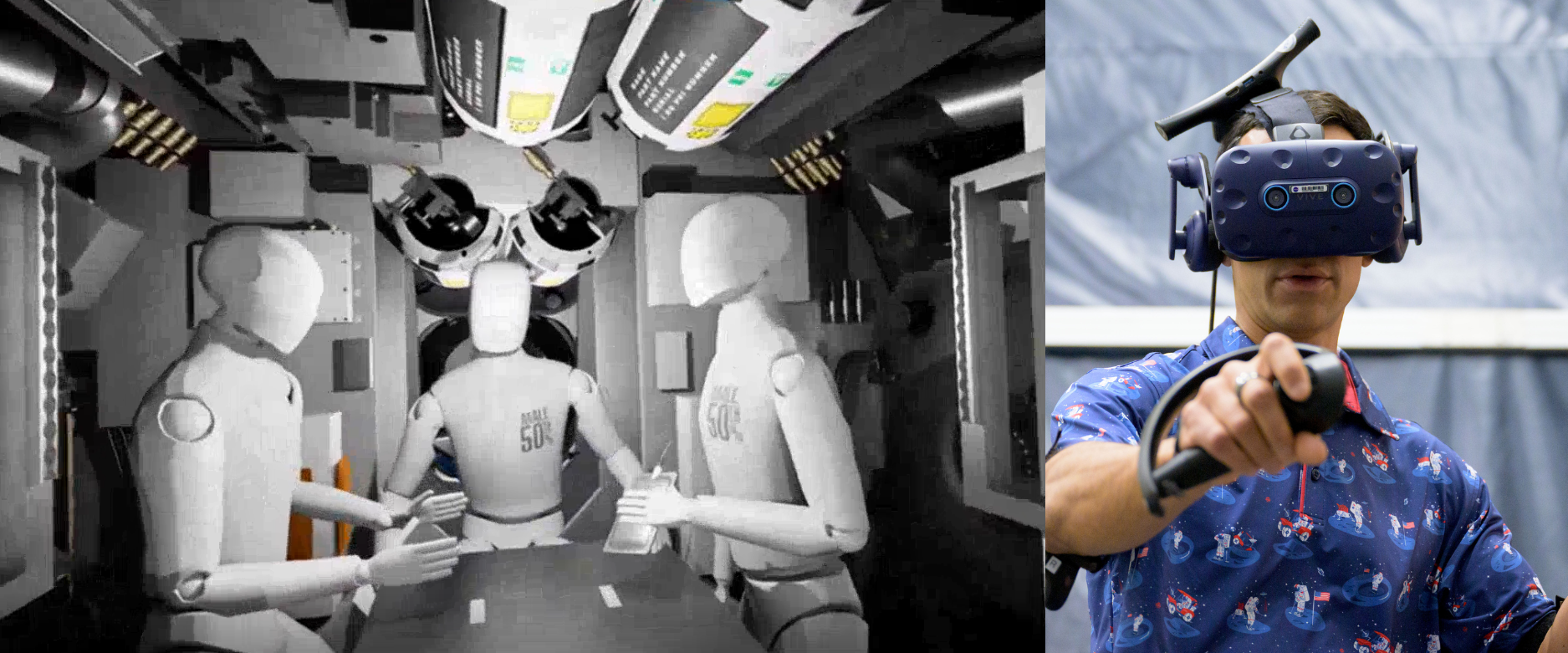
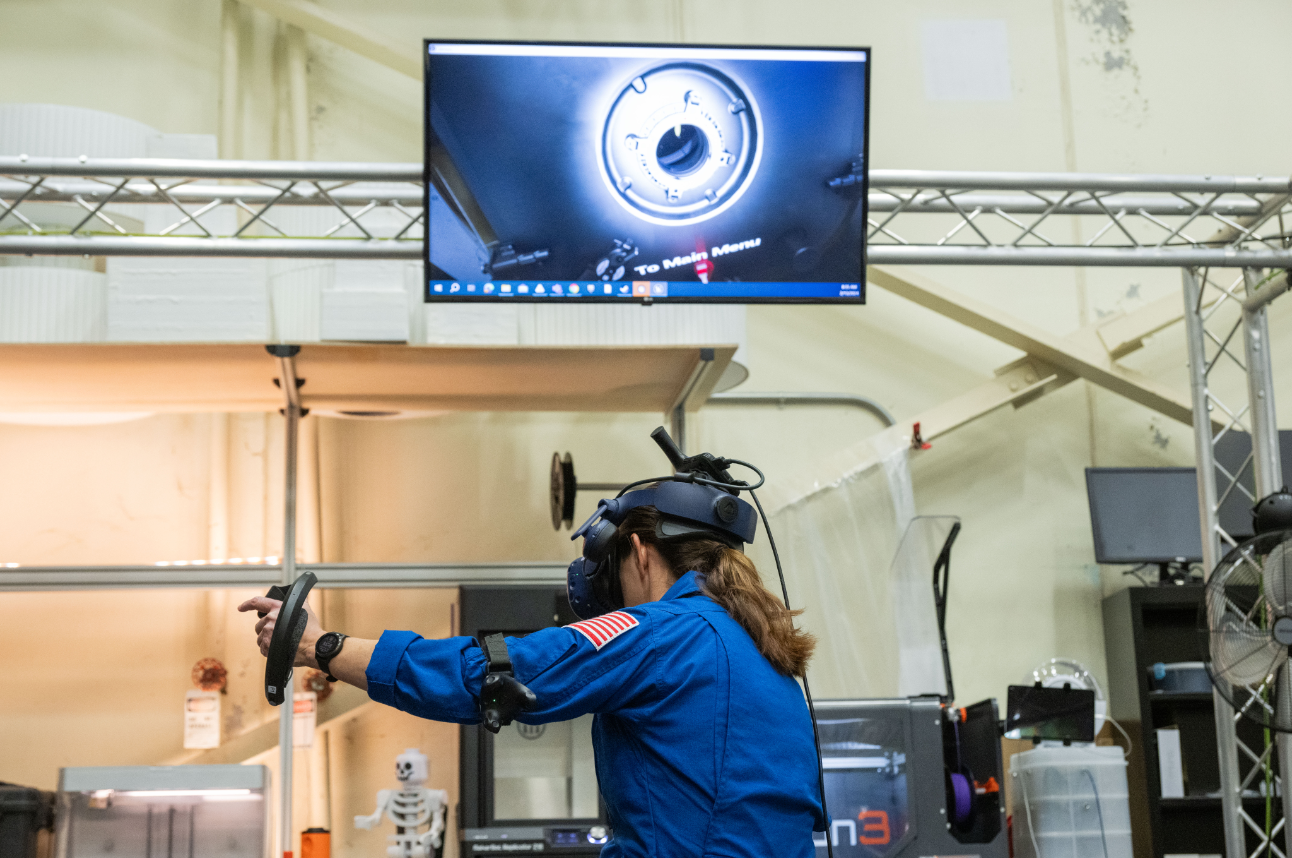
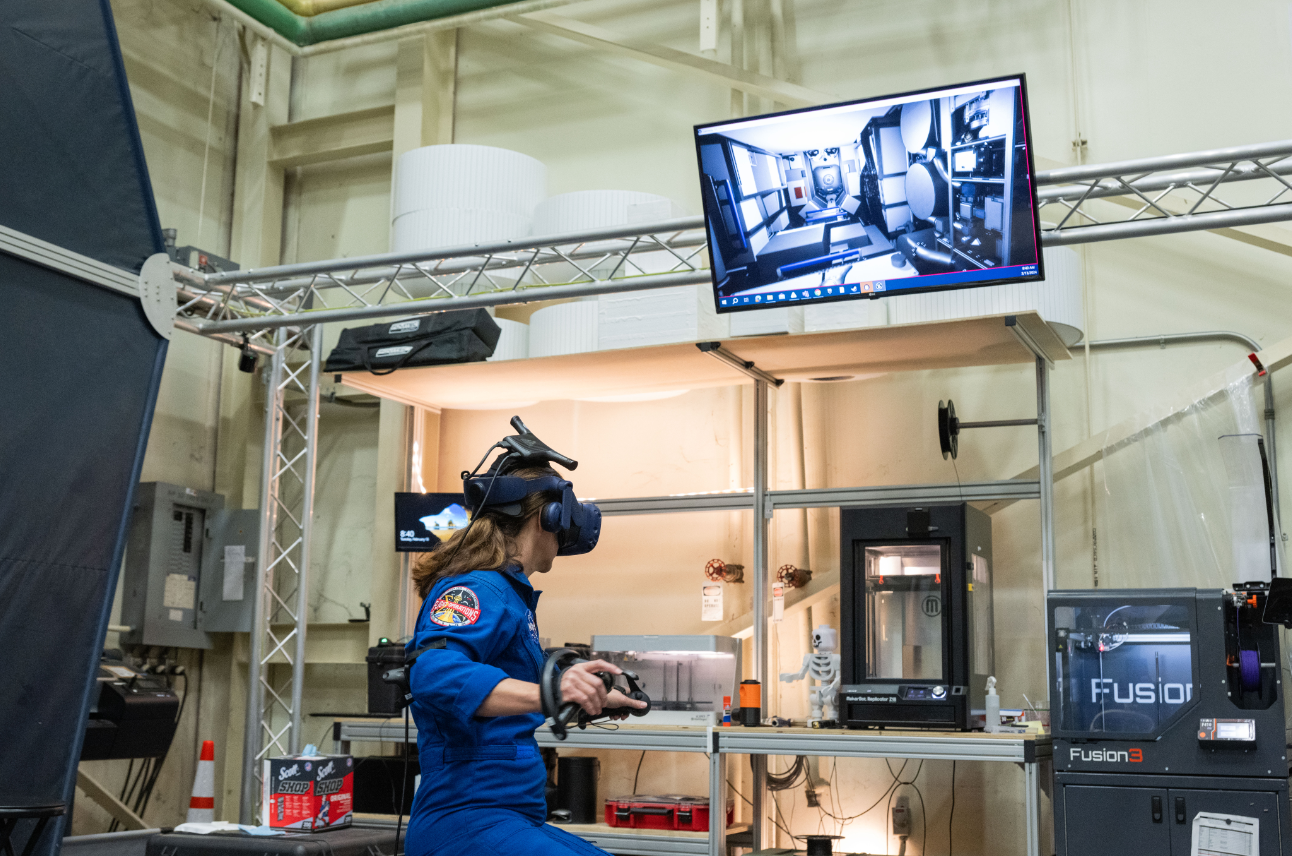
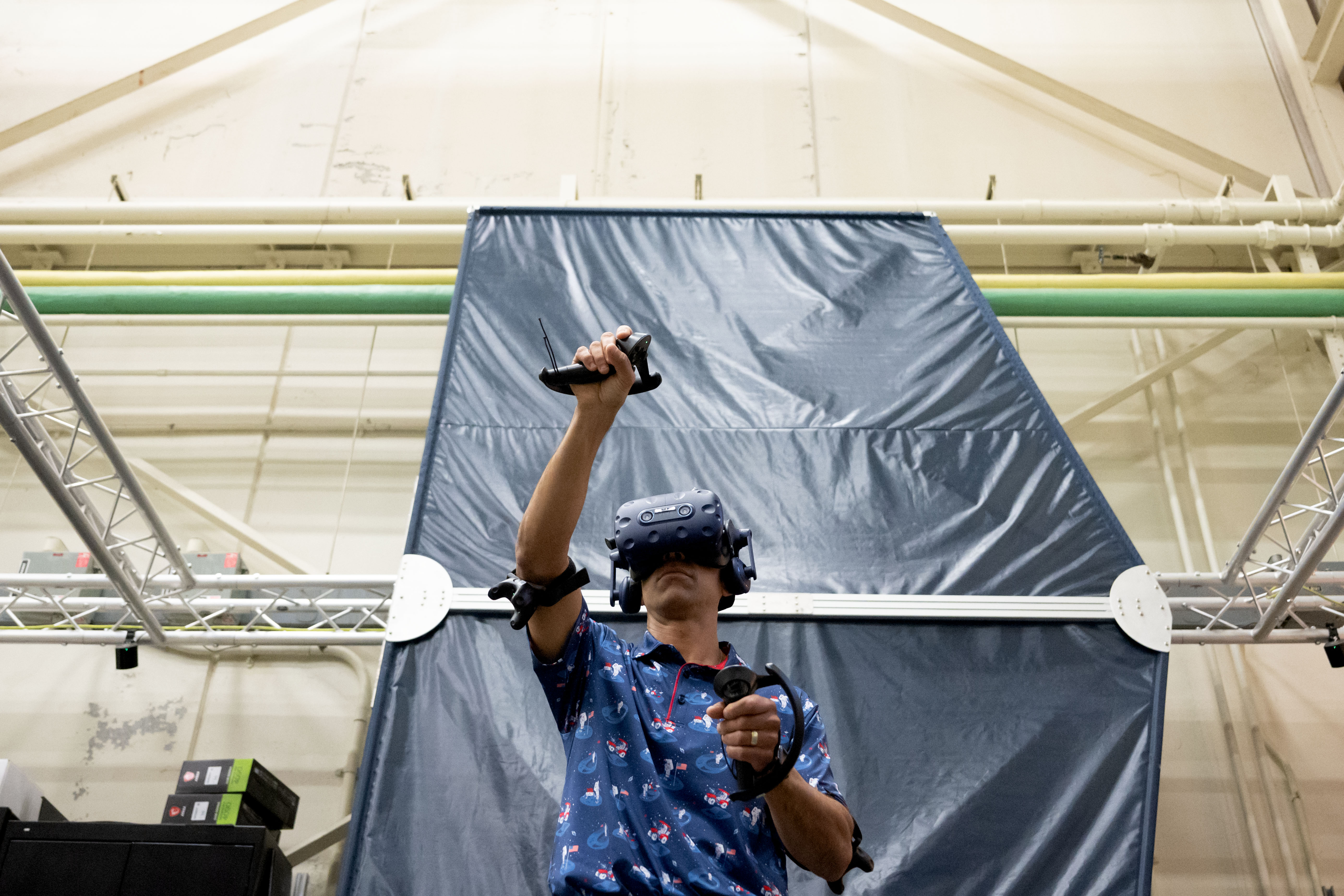
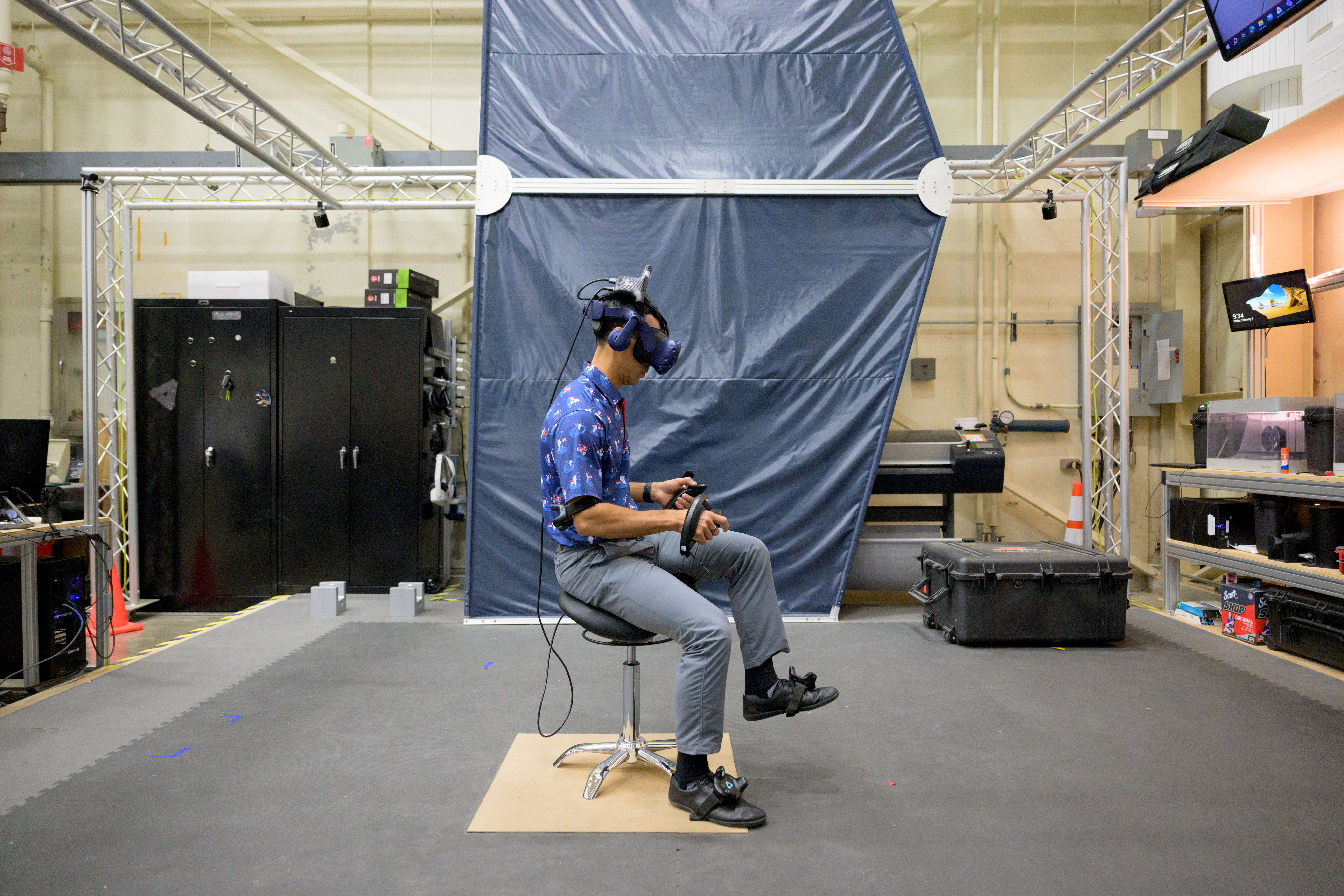
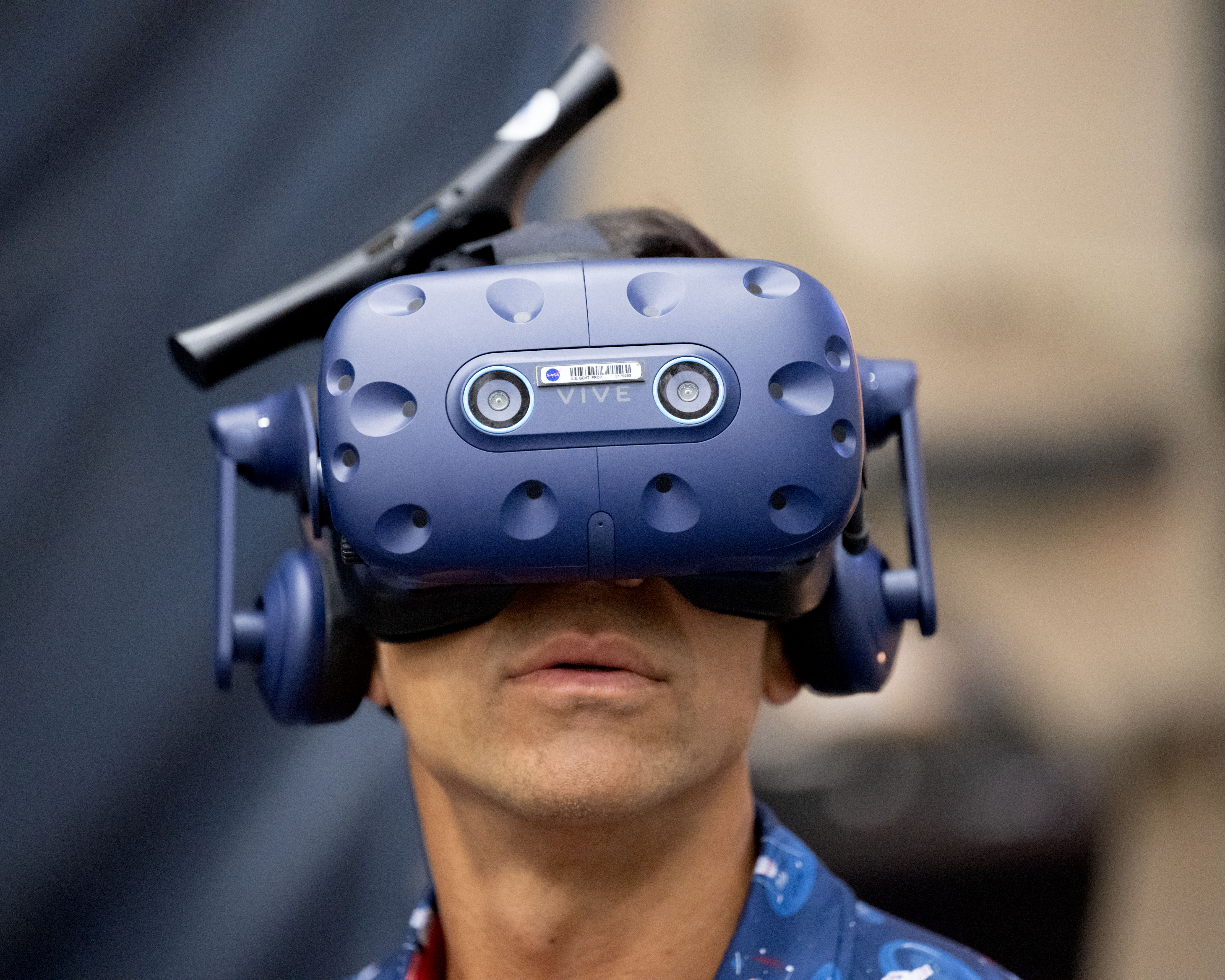
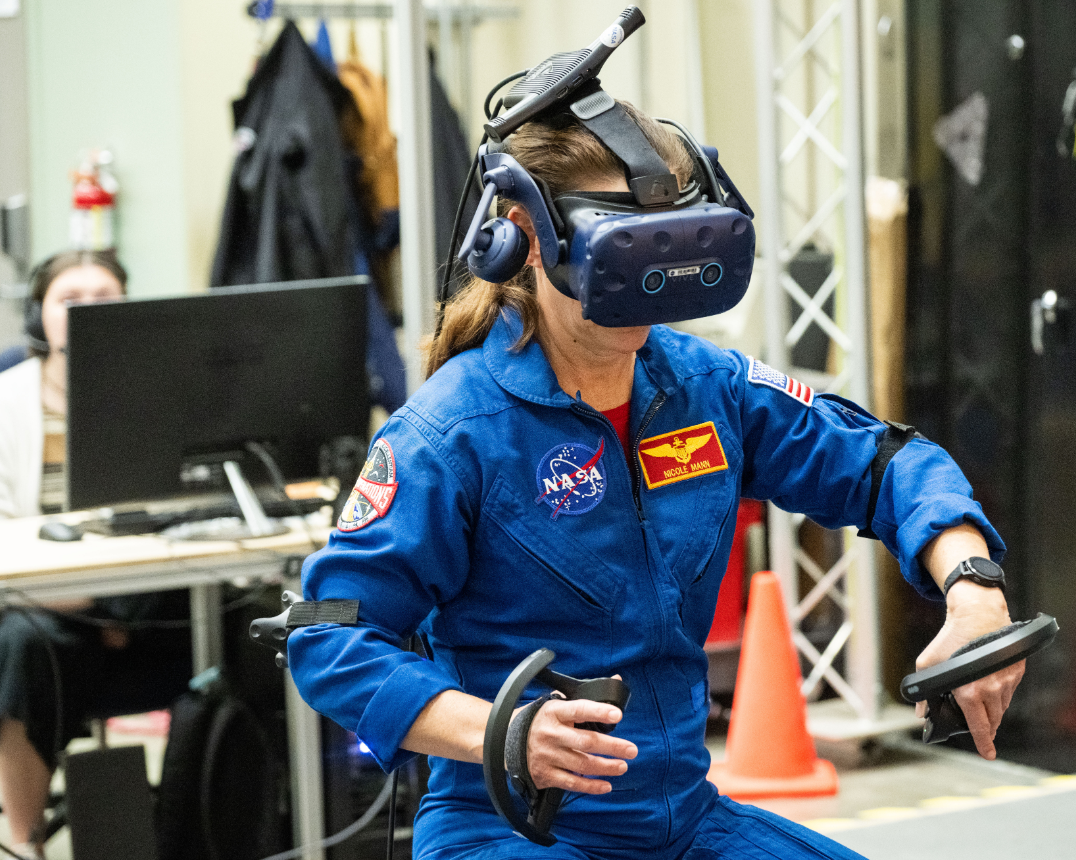
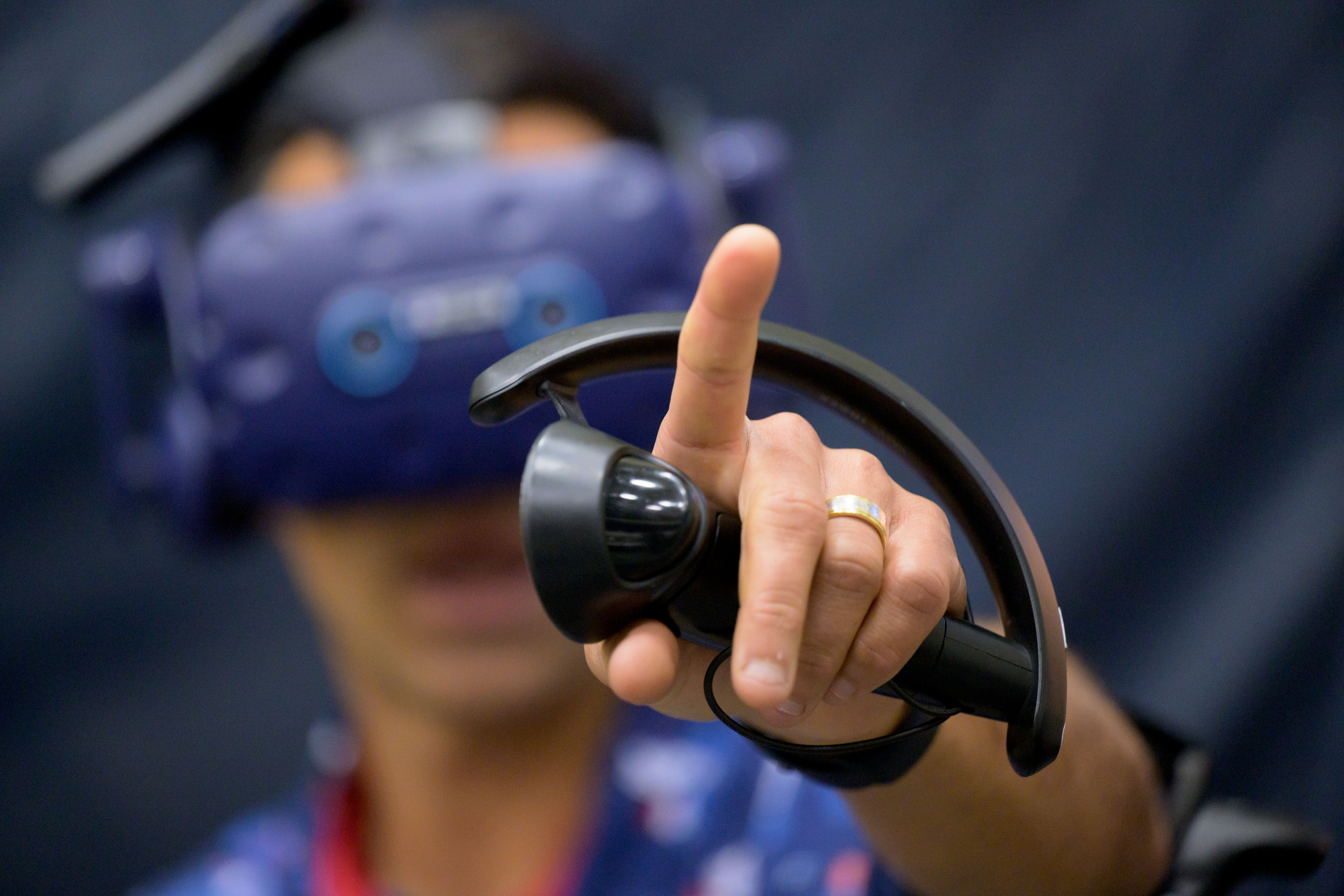
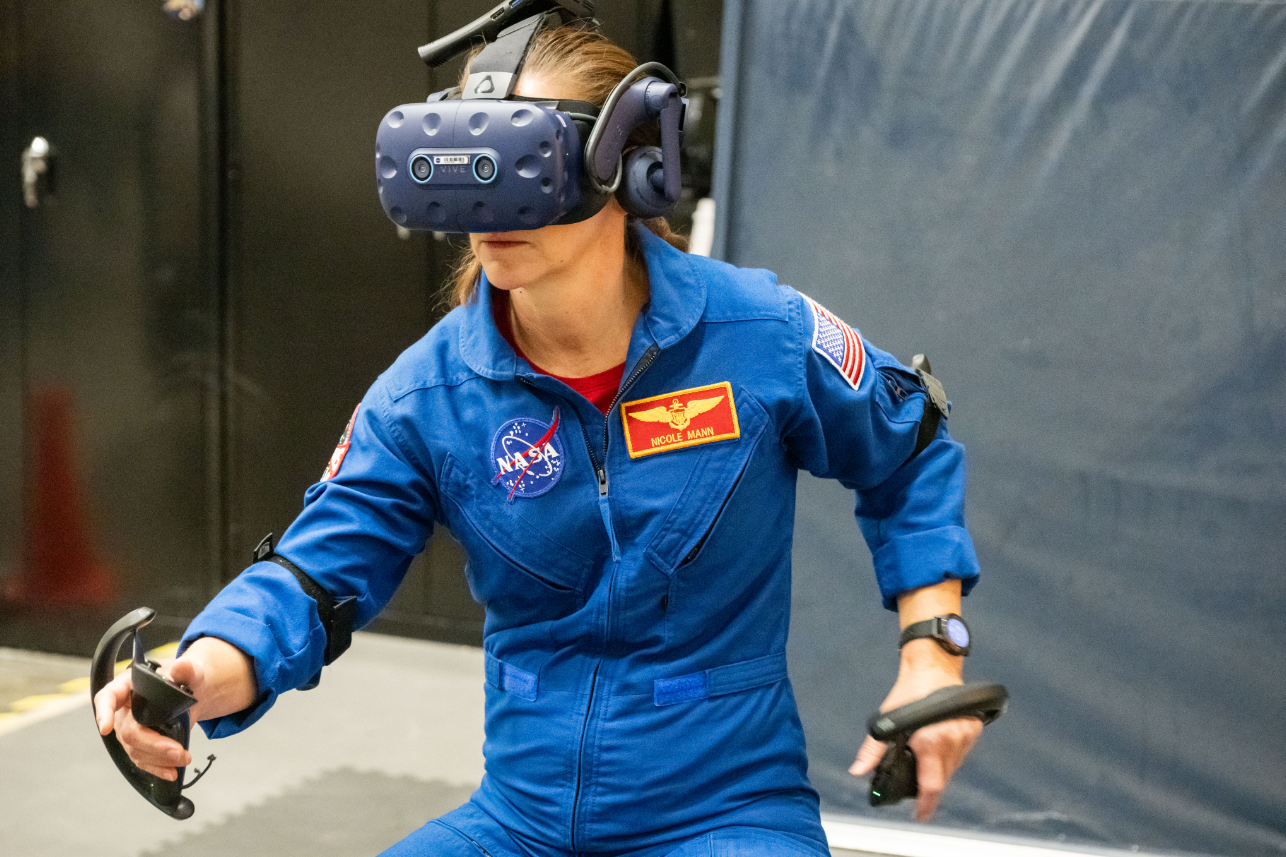
Image credits: NASA/Bill Stafford/Josh Valcarcel






